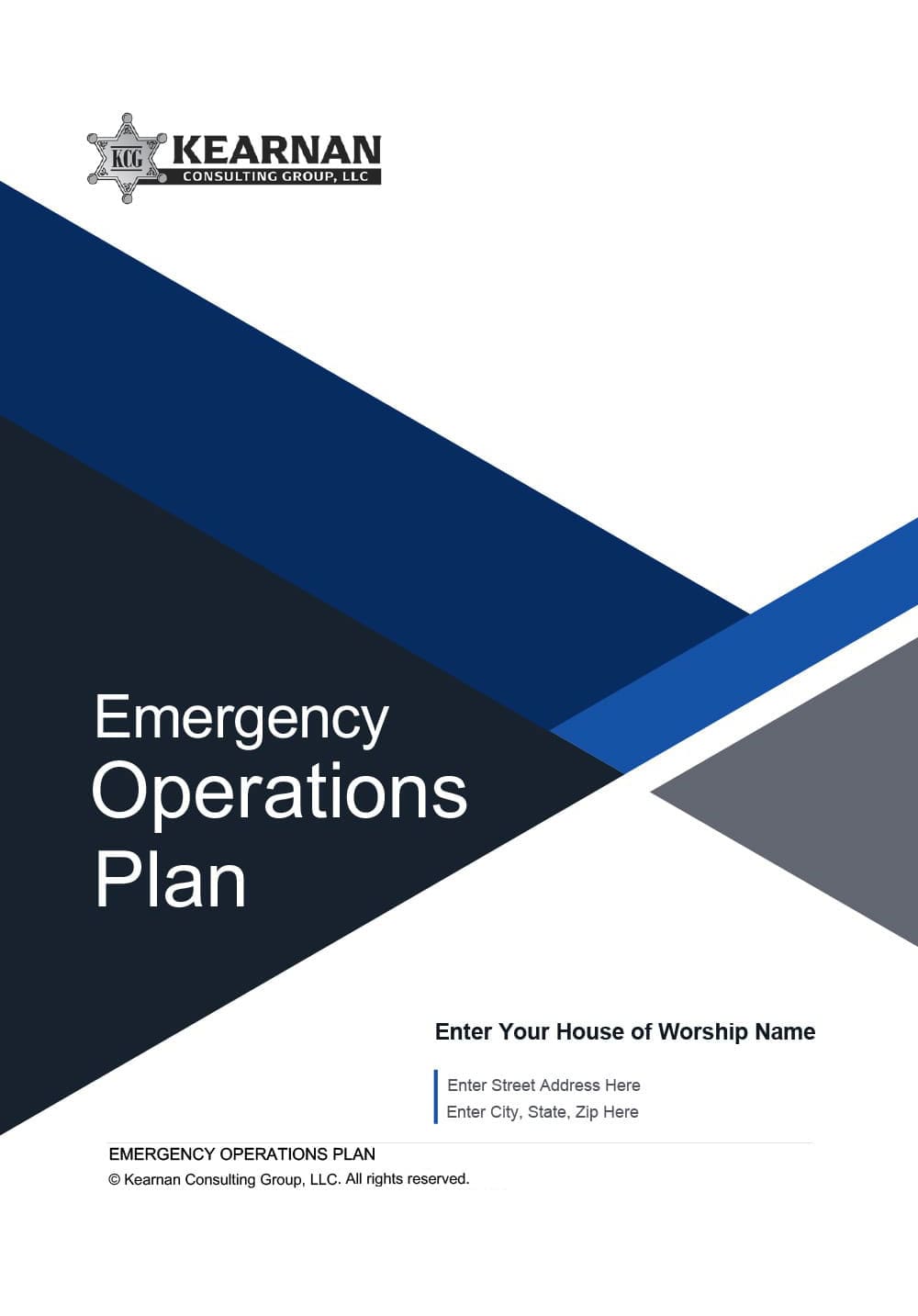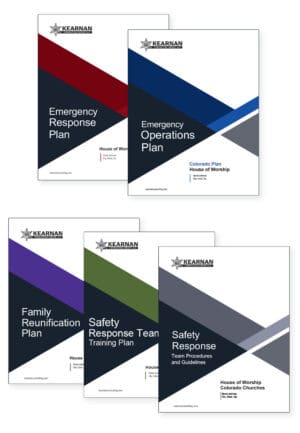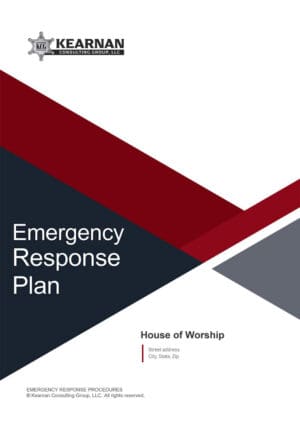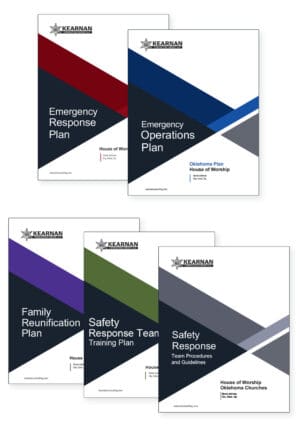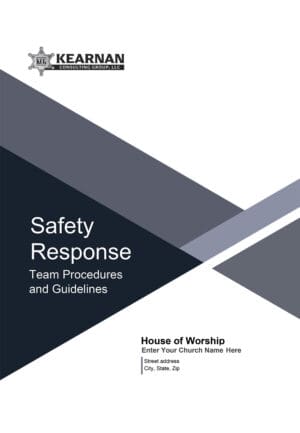Emergency Operations Plan | House of Worship
Original price was: $495.00.$295.00Current price is: $295.00.
The Emergency Operations Plan (EOP), written in accordance with the National Response Model, uses the framework of the National Incident Management System (NIMS). The plan provides a comprehensive guide for effectively managing crises and ensuring the safety of individuals within a house of worship environment.
- Executive Level Policy for Elders and Leadership Council
- Helps Set Strategy, Priorities and Budget
- Human-Caused Emergencies/Acts of Terrorism
- Natural Disasters, Technological Incidents
- Cohesive Approach to Crisis Management
Select your state from the drop-down below to view product images. If you don’t see your state listed in the drop-down below, select “All States/Nationwide.”
You may also request your state be added to our product waitlist by clicking here.
Description
The Emergency Operations Plan (EOP), written in accordance with the National Response Model, uses the framework of the National Incident Management System (NIMS). The plan outlines a comprehensive emergency management system designed to facilitate a structured response to a wide range of disaster scenarios. This includes natural disasters, technological incidents, acts of terrorism, and other human-caused emergencies. Within the plan, operational concepts are clearly defined for various emergency situations, ensuring a cohesive approach to crisis management. The plan also delineates the components of the Incident Command System and specifies the overarching responsibilities aimed at safeguarding life and property, as well as ensuring the overall well-being of the affected population. Moreover, the plan identifies potential sources of external support that may be accessed, including local jurisdictions such as Police, Fire, and EMS, as well as state and federal agencies offering disaster relief and grants.
Part One details the authority behind the plan, procedures for activation, its purpose and scope, continuity of operations, and pre-incident preparedness. It further delineates roles and responsibilities of leadership teams and staff, communication protocols, and emphasizes the importance of ongoing training and plan review.
Part Two focuses on Functional Annexes, which provide specific strategies for various emergency scenarios such as security alerts, lockdowns, shelter-in-place, evacuations, reunification, and recovery efforts.
Part Three expands on hazards and general safety measures, covering natural, technological, and human-caused hazards. It includes detailed protocols for handling severe weather, wildfires, earthquakes, pandemics, power outages, hazardous materials, and human-caused incidents like civil disturbances and cyber-attacks.
Part Four addresses record-keeping and compliance requirements, including training, tracking, equipment maintenance, signage, and the maintenance of basic emergency supplies. It also includes specific forms such as the California SB 553 Violent Incident Log.
The appendices offer additional resources and contact information for emergency situations, including emergency contact numbers, medical contacts, and procedures for addressing access and functional needs such as hearing or vision impairments. Overall, this comprehensive plan equips the recipient with the tools and protocols necessary to respond effectively to a wide range of emergencies while prioritizing the safety of its employees, members and visitors.

